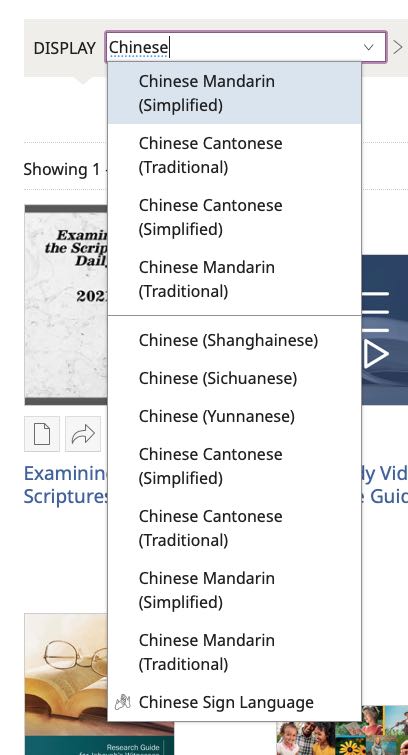báihuà (bái·huà {white → [colloquial; vernacular]} · speech [→ [writing based on vernacular speech]] 白话 白話) ← Tap/click to show/hide the “flashcard”
As mentioned in last week’s MEotW on “chéngyǔ (chéng·yǔ {(sth. that) has become} · saying → [set phrase (typically of 4 characters); idiom] 成语 成語)”, Literary Chinese was the standard style of writing in China for a long, long time. Since language naturally changes as time goes by, though, the way people actually talked became more and more different from Literary Chinese.
Eventually, starting about a century ago, in the early 1920s, written vernacular Chinese, or báihuà (bái·huà {white → [colloquial; vernacular]} · speech [→ [writing based on vernacular speech]] 白话 白話)—this week’s MEotW—began replacing Literary Chinese in literary works, and it eventually became the standard style of writing for Modern Standard Mandarin.
A Literary Turning Point
The Wikipedia article on written vernacular Chinese provides this summary regarding this literary turning point:
Jin Shengtan, who edited several novels in vernacular Chinese in the 17th century, is widely regarded as the pioneer of literature in the vernacular style. However, it was not until after the May Fourth Movement in 1919 and the promotion by scholars and intellectuals such as pragmatist reformer Hu Shih, pioneering writer Chen Hengzhe, leftist Lu Xun, Chen Duxiu, and leftist Qian Xuantong that vernacular Chinese, or Bai hua, gained widespread importance. In particular, The True Story of Ah Q by Lu Xun is generally accepted as the first modern work to fully utilize the vernacular language.[source]
The Wikipedia article on the May Fourth Movement adds the following:
In Chinese literature, the May Fourth Movement is regarded as the watershed after which the use of the vernacular language (baihua) gained currency over and eventually replaced the use of Literary Chinese in literary works. Intellectuals were driven toward expressing themselves using the spoken tongue under the slogan 我手写我口 [wǒ (my 我) shǒu (hand 手) xiě (writes 写 寫) wǒ (my 我) kǒu ({mouth(’s utterances)} 口)] (‘my hand writes [what] my mouth [speaks]’), although the change was actually gradual: Hu Shih had already argued for the use of the modern vernacular language in literature in his 1917 essay “Preliminary discussion on literary reform” (文学改良刍议), while the first short story written exclusively in the vernacular language, The True Story of Ah Q by Lu Xun, was not published until 1921.
Punctuation! Arabic Numerals!
Interestingly, the Wikipedia article on written vernacular Chinese, quoted above, goes on to make the following claim about what came along with this change to the vernacular style:
Along with the growing popularity of vernacular writing in books in this period was the acceptance of punctuation, modeled after that used in Western languages (traditional Chinese literature was almost entirely unpunctuated), and the use of Arabic numerals.
The above claim about how it came to be that we now benefit from punctuation in modern Chinese writings is repeated in the separate Wikipedia article on Chinese punctuation:
Although there was a long native tradition of textual annotation to indicate the boundaries of sentences and clauses, the concept of punctuation marks being a mandatory and integral part of the text was only adapted in the written language during the 20th century due to Western influence.
A quick web search also turned up this post on the Chinese Language Stack Exchange website, part of which says:
I have seen some old Chinese books. The words flowed from top to bottom on the page and there was no punctuation.
We can be thankful that báihuà (bái·huà {white → [colloquial; vernacular]} · speech [→ [writing based on vernacular speech]] 白话 白話) (along with, apparently, punctuation and Arabic numerals) replaced Literary Chinese as the standard style of writing for Mandarin, just as I’m sure that the English-speakers among us are thankful that the standard written English of today is no longer the written English of Shakespeare or that of the King James Version of the Bible.
How About Cantonese, Shanghainese, Etc.?
Báihuà (Bái·huà {white → [colloquial; vernacular]} · speech [→ [writing based on vernacular speech]] 白话 白話) not only became the standard style of writing for Modern Standard Mandarin, but due to China’s particular language and political situation, it also became the standard style of writing for speakers of Cantonese and of other Chinese languages, as Wikipedia points out:
Since the early 1920s, this modern vernacular form has been the standard style of writing for speakers of all varieties of Chinese throughout mainland China, Taiwan, Malaysia and Singapore
As someone who was in the Cantonese field for a long time before joining the Mandarin field, I can attest to the fact that years ago in the Cantonese field, we would use official publications that were actually in written Mandarin, with its different vocabulary, etc., because báihuà (bái·huà {white → [colloquial; vernacular]} · speech [→ [writing based on vernacular speech]] 白话 白話), the standard writing style in the Chinese world, is based on Mandarin.
Recently, though, Jehovah’s organization has carried on in the direction gone in by báihuà (bái·huà {white → [colloquial; vernacular]} · speech [→ [writing based on vernacular speech]] 白话 白話), of having writing reflect how people actually talk, by making available publications in which the writing is based on spoken Cantonese, in addition to the existing publications using written Mandarin. (Publications in which the writing is based on other spoken Chinese languages are also available.) This is in harmony with a basic principle regarding how God designed and created humans to use language, which, as linguists have figured out, is that speech is primary and writing is secondary.

Publications are available on jw.org in writing based on different Chinese languages, to better match how people actually talk in those languages.